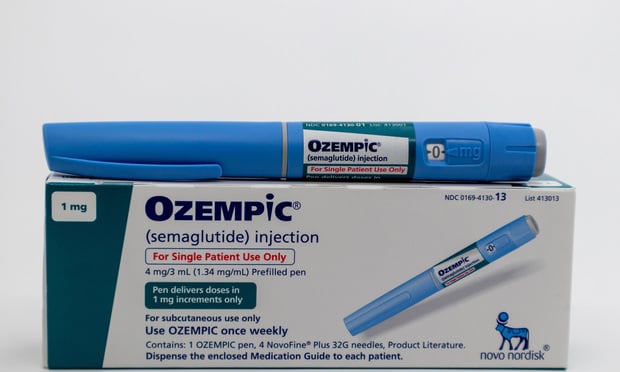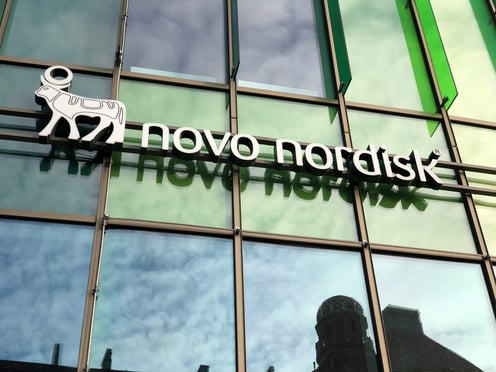Attending the Consumer Electronic Show in January got methinking about what it means to be a consumer. Is it even possibleto create a definition that is functional and actionable?
|The concept of “the consumer” is as old as recorded history andprobably has its roots even farther back. People have had needs—andother people have found ways to satisfy those needs—since thebeginning of time. At the very core of it, that may bethe simplest definition of a consumer: one who has a distinct setof needs and the ability to seek out means to satisfy those needsto the highest level of efficiency, with the lowest level ofsacrifice.
|Why would we seek to define a consumer in the first place?Clearly, if there is a need out there, businesses, groups,constituencies and individuals will be interested in finding a wayto satisfy that need in exchange for compensation of some sort.
|The tough part is that the needs of the consumer are great involume, number and diversity, representing the uniqueness that isthe human race. Every person, household, business and populationhas a set of needs that are unique, and yet still have somecommonalities that can help steer the course of those lining up toserve them.
|In the following dialogue, I would like to explore what thismeans in the context of health benefits strategies and how toservice, support and “supercharge” them.
|Back to CES for a moment. The show is full of tremendousopportunities to engage and capture—might I say enslave—consumersin the world of gadgets and techno-wizardry. More than3,300 exhibitors show their wares to more than 165,000 attendeesacross 3.2 million-square feet of convention space.
|The same awe I saw on faces as I strolled around the show mightbe tough to re-create in the venue of health care consumerism, buteven health care was represented. The digital health section of theshow has grown exponentially in the last three to four years, nowwith more than 200 exhibitors showcasing innovations at theconvergence of consumer electronics andhealth/fitness/wellness.
|Among the offerings were wireless, biometric tracking devices,real-time brainwave measurement, cost transparency decision supportapplications and nutritional pacing devices.
|The latter example came from HAPIFork. The company displayed itspacing device, designed to help consumers effectively pace (andtrack) the speed of their “food consumption events”. Consumers canreceive real-time feedback, via vibrations in their HAPIFork, whentheir pace is too quick.
|More than 30 million wireless medical and health-related deviceswere sold in 2012. Productslike FitBit, MyFit “Shine” and BodyMedia provide a range of functionality that allow consumers tomeasure and create longitudinal tracking patterns for heart rate,temperature, weight/BMI, altitude, skin moisture content and sleeppatterns.
|In 2012 alone, 134 digital health startup companies raised morethan $2 million each in an effort to embrace the opportunitiesdeveloping as the explosive growth of consumer strategies continuesin the health care space.
|Investments are primarily targeted at consumers but address thefoundation of the delivery engine itself. Across this industrywe'll all have to grapple with the impact of this sweepinginvestment in how to create, support and sustain consumerpopulations in the health care system.
|Do we 'consume' health?
|If we buy into the concept that consumers exist in health care,what does it mean to consume health? Can we consume health care— oreven better, health—in the same way we consume an iPhone5, awireless tablet or a 100-inch LED flatscreen TV? We mightbe able to answer that question if we look at the behavior that'spart of those purchasing activities. We could argue this same flowexists in some part in the health care purchase event today.
|Initial attraction. Consumers areinitially drawn to a potential purchase by something that ispersonally relevant, interesting or attractive to them. We're drawnto the concept of better health—and it is used in the consumermarketing space quite effectively today. Lots of images of healthy,smiling, happy people appear on the pages of wellnessbrochures.
|Needs recognition andassessment. Sometimes before, but many timesafter the initial attraction, consumers have a self-dialogue aroundwhether the potential purchase is a want or a need. In health care,this distinction is clearer and it's only the attributes of thealternatives that play into a want vs. need comparison.
|Research, information accumulation and alternativesidentification. Depending on what kind of buyerwe are, we might spend more or less time identifying and evaluatingalternatives. Urgency of need also drives the duration and depth ofthis part of the cycle. Health care purchases may or may not affordthe luxury of time for research. Consumers in the health careequation are definitely challenged to get good and consistentlycredible information on all components of their alternatives.
|Purchase decision and event. Data is all in andthe consumer makes a selection that is “best” for them based onvery personal weighting of price, quality, features andfunctionality. Whether this is really a purchase event or justfollowing through on a recommendation from a primary care physiciancan determine the potential for consumer behavior influence.
|Post-purchase behavior. Can include the impactof satisfaction or dissatisfaction on lifestyle, as well asconcepts like buyer's delight or remorse. In many health caresituations, the length of the post-purchase timeframe can extendfar into the future, and either the positive or negative impact istough to evaluate quickly. In any case, when the eventual “product”that is purchased is a presumably positive impact on my healthstatus, I will definitely pay attention to whether that impact isrealized or not, and all future purchasing decisions will beinfluenced by that result. Loyalty programs exist in health careconsumerism
|Can we be patients and consumers at the same time? Or are thesetitles mutually exclusive? Clearly, with the investments being made(as noted earlier) in tools, solutions and gadgets to enable theconsumer in the healthcare space, the industry believes thatconsumers and patients can coexist in the same person. It may bethat we all have a sliding scale of “healthy schizophrenia” as itrelates to these two identities, taking on some of each dependingon the urgency and complexity of a given situation. Any attempt tohelp employers effectively structure, implement and execute healthbenefit strategies will have to take that into account.
||Creating real change
|Finding that balance between consumer and patient can unlock ahost of long-term, repeatable behaviors that will reshape ourperspective on health as a part of our lives. As we work to reshapeour legacy approaches toward health benefits, three key focus areascan hold the keys to success.
|Understand the consumer. Taking the time tocreate a deeper understanding of the consumer in all of us willalways pay dividends. There is more data available today than atany time in the past around how we behave in healthcare purchasingsituations. And with tens of millions of wireless data collectiondevices being sold each year, we will have an unprecedented lookinto patterns of behavior and health metrics. All of this data,paired with the underlying claims, will create a much morecomprehensive knowledge of the healthcare consumer.
|Engage the consumer. Engaging the healthcaresystem can no longer be a passive exercise. The skyrocketing costand complexity of today's environment demands active participationfrom the consumer/patient. How effective we are at usingincentives, organic motivation and plan design to invite and incitethe consumer into action will mark the level of success that ispossible.
|Partner with the consumer. More than ever,consumers can feel as if they are on an island. I would argue thatall of the constituents in the equation may have historicallyexisted on their own “islands,” creating an archipelago ofdisconnected dysfunction. Unique partnerships are being formedtoday that ask the consumer to behave differently and in exchangeprovide a pathway to better health and financial wellness. Thesepartnerships will be at the heart of reinventing how the systemworks.
|If we can agree that moving away from the definition of consumeras a “squanderer” is a shared, universal goal, we can find hope inthe fact that we're at a turning point. More than ever before, ourcollective resources, strategy, investments and brainpower arefully behind unleashing the power of the healthcare consumer.
|Ralph Waldo Emerson said “every man is a consumer, and ought tobe a producer. He is by constitution expensive, and needs to berich.”
|Providing the means for participants to be “rich” in health iswhat the age of the consumer is all about.
|Bart Halling is vice president of customer solutions, forUMR, the third-party administrator unit of UnitedHealthcare.
Complete your profile to continue reading and get FREE access to BenefitsPRO, part of your ALM digital membership.
Your access to unlimited BenefitsPRO content isn’t changing.
Once you are an ALM digital member, you’ll receive:
- Critical BenefitsPRO information including cutting edge post-reform success strategies, access to educational webcasts and videos, resources from industry leaders, and informative Newsletters.
- Exclusive discounts on ALM, BenefitsPRO magazine and BenefitsPRO.com events
- Access to other award-winning ALM websites including ThinkAdvisor.com and Law.com
Already have an account? Sign In
© 2024 ALM Global, LLC, All Rights Reserved. Request academic re-use from www.copyright.com. All other uses, submit a request to [email protected]. For more information visit Asset & Logo Licensing.








